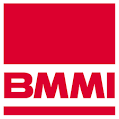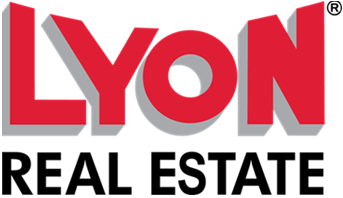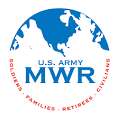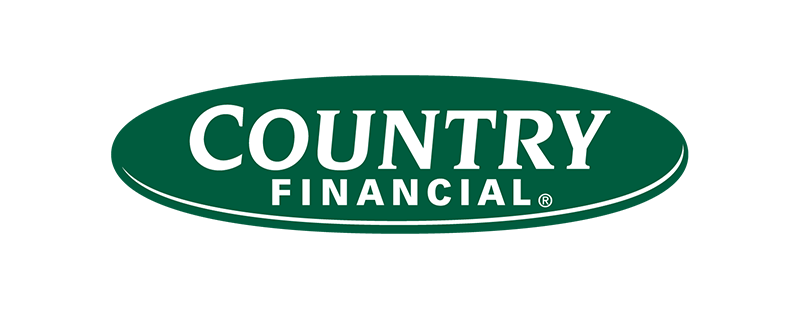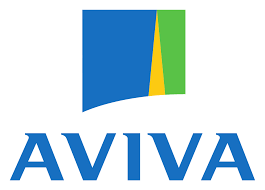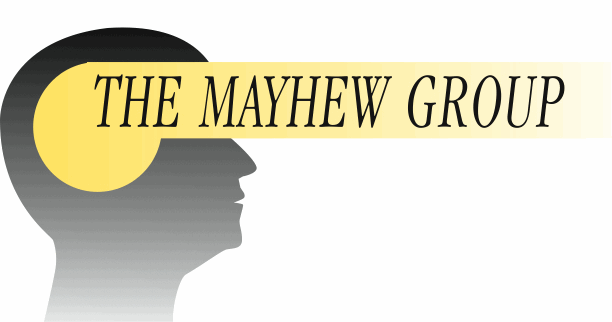Instructions:
The following assessment will help you evaluate your stress management skills.
Read each statement carefully and select the response that best represents your feelings and behaviors in stressful situations.
Special Offer – Course Packs Only $10.00 Each
Be honest with your answers to accurately assess your leadership style and stress management abilities. There are no right or wrong answers; this is for self-awareness purposes only.
Scoring:
- Strongly Disagree: 1 point
- Disagree: 2 points
- Neutral: 3 points
- Agree: 4 points
- Strongly Agree: 5 points
Assessment Statements:
I can recognize signs of stress in my body and mind.
- Strongly Disagree / Disagree / Neutral / Agree / Strongly Agree
I have a set of coping strategies to deal with stress effectively.
- Strongly Disagree / Disagree / Neutral / Agree / Strongly Agree
I can identify the primary sources of stress in my life.
- Strongly Disagree / Disagree / Neutral / Agree / Strongly Agree
I prioritize self-care and make time for relaxation and activities I enjoy.
- Strongly Disagree / Disagree / Neutral / Agree / Strongly Agree
I communicate my feelings and needs assertively during stressful situations.
- Strongly Disagree / Disagree / Neutral / Agree / Strongly Agree
I am open to seeking support from friends, family, or professionals when stressed.
- Strongly Disagree / Disagree / Neutral / Agree / Strongly Agree
I can maintain a positive outlook and find silver linings during challenging times.
- Strongly Disagree / Disagree / Neutral / Agree / Strongly Agree
I practice mindfulness or meditation to reduce stress and stay present.
- Strongly Disagree / Disagree / Neutral / Agree / Strongly Agree
I am capable of setting realistic goals and expectations for myself.
- Strongly Disagree / Disagree / Neutral / Agree / Strongly Agree
I can adapt and adjust to changes in my life without becoming overwhelmed.
Strongly Disagree / Disagree / Neutral / Agree / Strongly Agree
I manage my time effectively and avoid taking on too many commitments.
Strongly Disagree / Disagree / Neutral / Agree / Strongly Agree
I engage in regular physical exercise to reduce stress and improve well-being.
Strongly Disagree / Disagree / Neutral / Agree / Strongly Agree
I have a healthy work-life balance and avoid overworking myself.
Strongly Disagree / Disagree / Neutral / Agree / Strongly Agree
I refrain from turning to unhealthy habits (e.g., excessive drinking and smoking) when stressed.
Strongly Disagree / Disagree / Neutral / Agree / Strongly Agree
I recognize my limitations and ask for help when I need it.
Strongly Disagree / Disagree / Neutral / Agree / Strongly Agree
Scoring Interpretation:
- 15-30 points: Low-stress management skills – Consider seeking support and developing coping strategies.
- 31-45 points: Moderate stress management skills – Identify areas for improvement and implement stress-reduction techniques.
- 46-60 points: Strong stress management skills – Continue to practice and refine your stress management techniques.
Remember, this assessment is not a professional diagnosis but a self-awareness tool to help you gauge your stress management abilities.
If you struggle to manage stress effectively, consider consulting a mental health professional for personalized guidance.
To discover more about how our stress management training course materials can help you to increase learner engagement, provide practical training courses, and extend your team’s knowledge, please take a moment to review our frequently asked questions, special offers, and training course material.




































